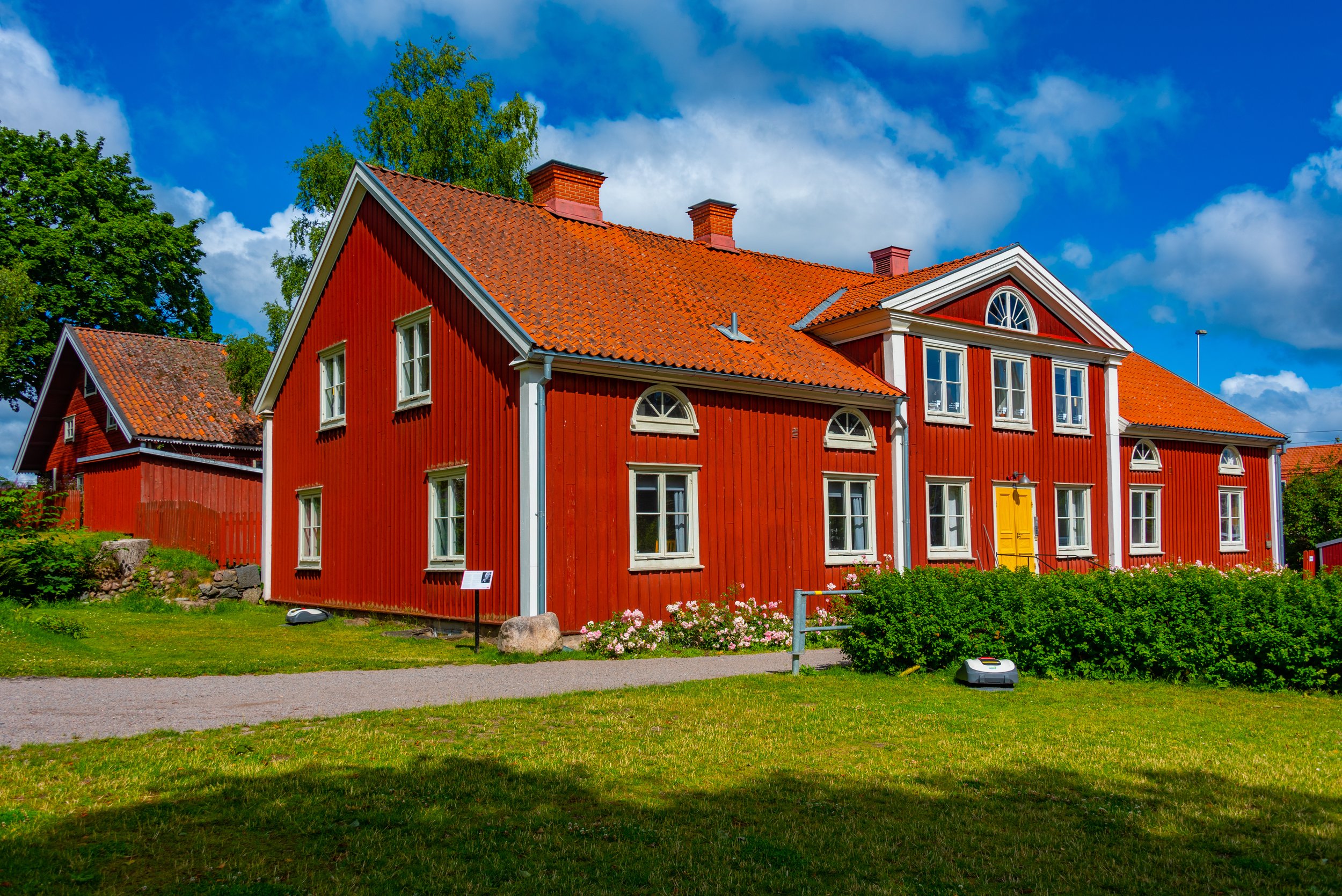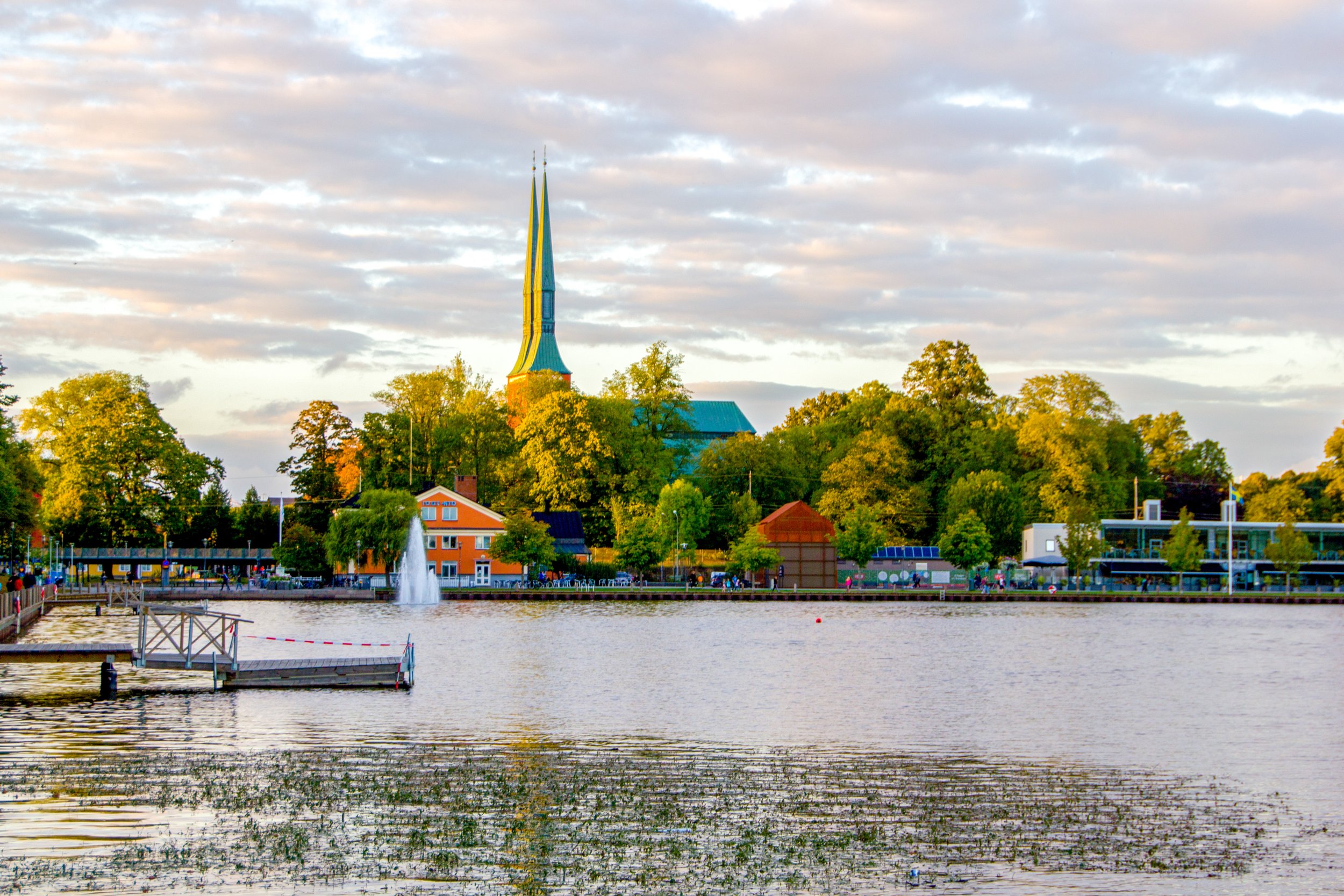Sustainable and Eco-Friendly Home Designs: Pioneering a Greener Future in Residential Architecture
In the wake of growing environmental concerns and the urgent call for action on climate change, the realm of residential architecture is undergoing a shift. This evolution sees the integration of green technologies and sustainable materials, not merely as an afterthought but as a foundational principle of design. We’re going to delve into the ways in which modern homes are being crafted to reduce their environmental footprint, offering a beacon of hope for a more sustainable and eco-friendly future.
The Imperative for Sustainable Living
Climate change, precipitated by excessive carbon emissions and resource depletion, presents a stark reality that demands immediate attention. In response, sustainable living has transcended from a niche lifestyle choice to a mainstream endeavour. The construction and housing sectors, historically significant contributors to environmental degradation, are now at the forefront of adopting eco-friendly practices. This paradigm shift is underpinned by a collective aspiration to curtail energy consumption, minimise waste, and promote ecological balance.
Green Technologies: The Heart of Eco-Friendly Homes
At the core of sustainable home design are green technologies, innovations that enable homes to harness energy from renewable sources, reduce energy consumption, and mitigate environmental impact. Solar panels, for instance, have become a common sight, transforming rooftops into power generators that feed clean energy back into the grid. Advances in photovoltaic technology mean that these systems are more efficient and affordable than ever, making solar power accessible to a broader audience.
Another transformative technology is geothermal heating and cooling systems, which leverage the stable temperatures underground to regulate a home's climate without the significant energy expenditure of traditional HVAC systems. These systems epitomise the synergy between modern engineering and natural processes, exemplifying the potential of green technologies to revolutionise residential living.
Sustainable Materials: Building with Nature
The choice of materials plays a pivotal role in the environmental impact of a home. Sustainable architecture prioritises materials that are renewable, recyclable, and have a low carbon footprint. Timber from certified sustainable forests is a popular choice, offering not only carbon sequestration benefits but also warmth and natural beauty. Bamboo, with its rapid growth rate and versatility, has emerged as another favoured material, applicable in everything from flooring to structural elements.
Recycled materials are also gaining traction, with innovations such as recycled steel and glass providing robust, eco-friendly alternatives to their virgin counterparts. These materials not only reduce the demand on natural resources but also divert waste from landfills, contributing to a circular economy.
Design Principles: Harmony with the Environment
Sustainable home design goes beyond the mere selection of green technologies and materials; it embodies a holistic approach that considers the home in harmony with its environment. Passive solar design is a prime example, where homes are oriented and structured to maximise natural light and heat, reducing the need for artificial lighting and heating. Green roofs and living walls are not only visually striking but also improve insulation, reduce runoff, and support biodiversity.
Water conservation is another critical aspect, with rainwater harvesting systems and water-efficient fixtures becoming standard features in eco-friendly homes. These systems underscore the importance of every drop, ensuring that water is used judiciously and sustainably.
Case Studies: Pioneering Projects in Sustainable Residential Architecture
Across the globe, innovative projects are setting the benchmark for sustainable residential architecture. The BedZED development in London is a pioneering example, showcasing a zero-carbon approach with its passive design, communal heating system, and extensive use of green roofs. Another notable project is the Slip House in Brixton, which employs a range of sustainable technologies and materials, from ground source heat pumps to translucent insulation, embodying the principles of energy efficiency and minimal environmental impact.
In Scandinavia, a region renowned for its commitment to sustainability, projects like the Växjö Eco-Village in Sweden demonstrate the feasibility of living in harmony with nature without compromising on modern comforts. These homes are constructed using locally sourced timber, powered by renewable energy, and designed to foster a close-knit community ethos, providing a blueprint for sustainable living.
We use sustainable practice as standard in all of our projects as well as working on multiple dedicated residential eco-friendly home projects at Matthew Jones Architecture.
Challenges and Future Directions
While the strides made in sustainable residential architecture are commendable, challenges remain. The upfront costs of green technologies and sustainable materials can be prohibitive, though long-term savings and increasing affordability are mitigating these concerns. Additionally, regulatory hurdles and the inertia of traditional construction practices can impede progress. However, the tide is turning, with governments, architects, and homeowners increasingly recognising the imperative for sustainable living.
The future of residential architecture is undeniably green, with ongoing innovations in materials science, renewable energy, and design methodologies paving the way for even more sustainable homes. The integration of smart technologies, offering unprecedented control over energy consumption, promises to further enhance the sustainability of residential living.
Conclusion
The evolution of residential architecture towards sustainability and eco-friendliness is a testament to human ingenuity and our collective commitment to preserving the planet for future generations. By embracing green technologies, sustainable materials, and holistic design principles, we can forge homes that not only provide shelter
but also contribute to the health of our environment. The pioneering projects and innovative approaches discussed herein offer a glimpse into a future where sustainable living is not just a possibility but a reality. In this endeavour, every step towards sustainability is a step towards a brighter, greener future.
Do you have an eco-home project you’d like to talk to us about?






